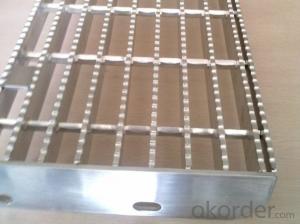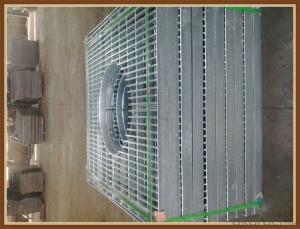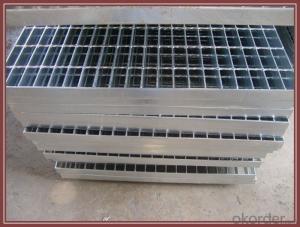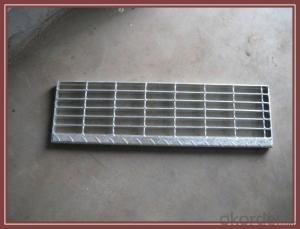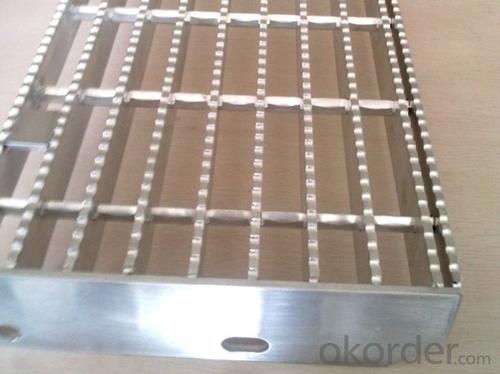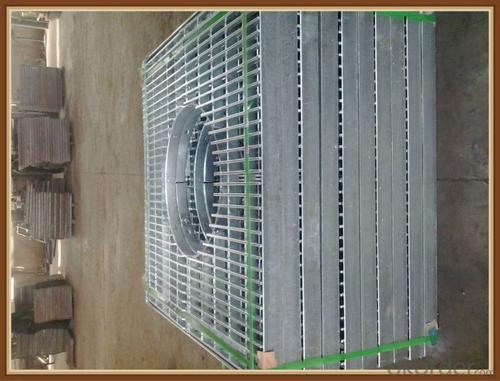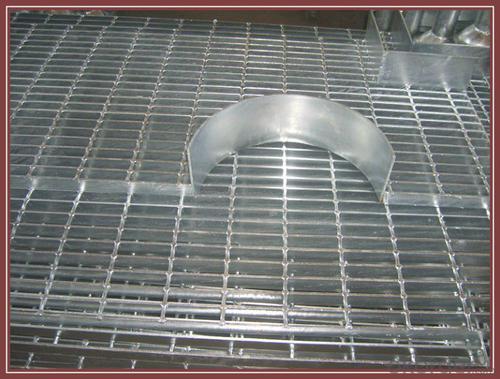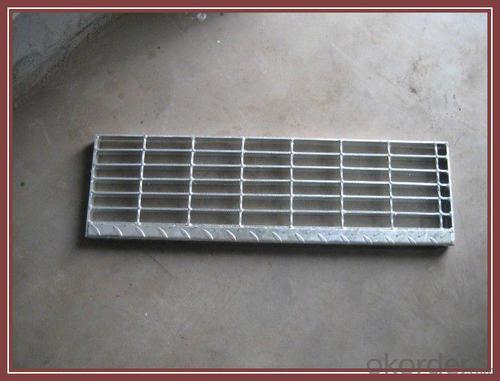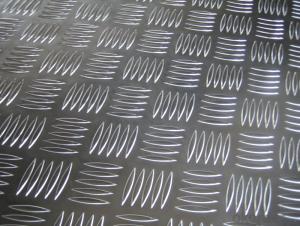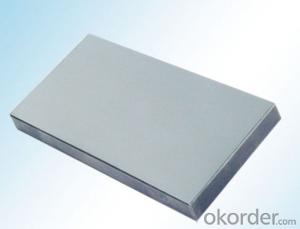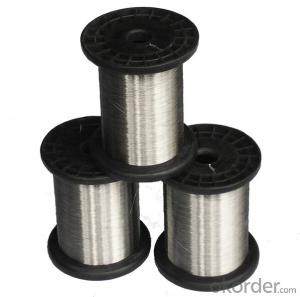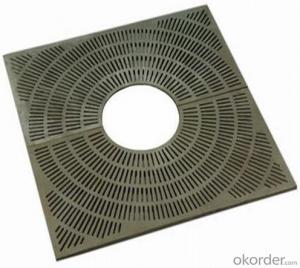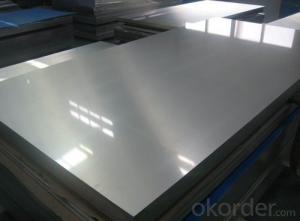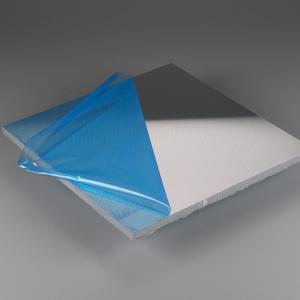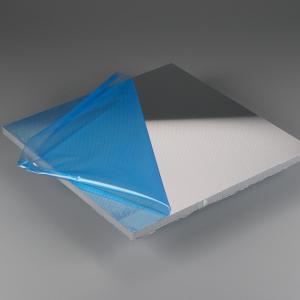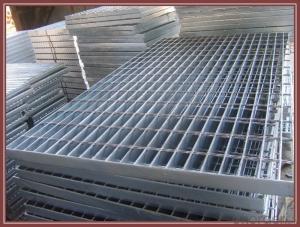Chromaluxe Aluminum Gratings, Grates, Flooring Drainage Trench Covers & Manhole Covers
- Loading Port:
- Qingdao
- Payment Terms:
- TT OR LC
- Min Order Qty:
- 5000 pc
- Supply Capability:
- 6000000 pc/month
OKorder Service Pledge
OKorder Financial Service
You Might Also Like
1.Description of Drainage trench cover:
Drainage trench cover is widely used in the urban road, the square, the botanical garden, the wharf, the airport, the parking lot, the road, each kind of industry, the civil project, etc.
2.Main features of Drainage trench cover:
I--Carrying 20 tons of weight
II—Carrying 14 tons of weight
III---carrying 6 tons of weight
IV---carrying 2 tons of weight
V---Carrying pedestrian weight
3.Glass Wool Blanket Images:
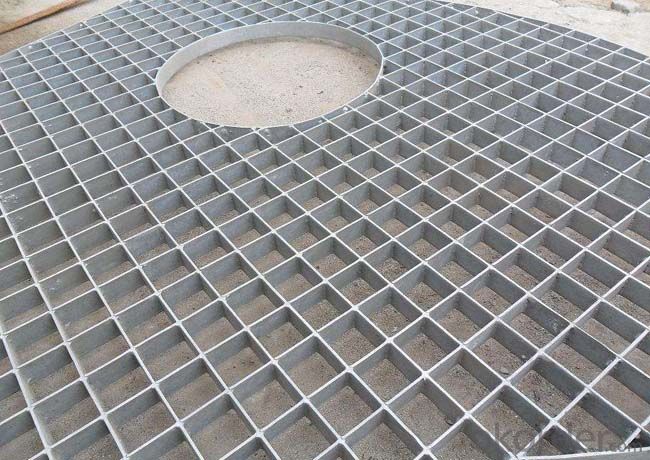
4. Drainage Trench Cover Technical Parameters:
These drain cover plate applies to the road cross-sectional and longitudinal drain. The drains width ranging from 200mm to 550mm.
A means the steel grating length
H means the steel grating height
A means the frame length
H means the frame height
5.FAQ
We have organized several common questions for our clients,may help you sincerely:
①How about your company?
A world class manufacturer & supplier of Drainage trench cover is
one of the large scale professional investment casting production bases in China,consisting of both casting foundry forging and machining factory. Annually more than 8000 tons Precision casting and forging parts are exported to markets in Europe,America and Japan. OEM casting and forging service available according to customer’s requirement.
②How to guarantee the quality of the products?
We have established the international advanced quality management system every link from raw material to final product we have strict quality test; We resolutely put an end to unqualified products flowing into the market. At the same time, we will provide necessary follow-up service assurance.
- Q: What are the different methods of surface patterning aluminum sheets?
- There are several methods of surface patterning aluminum sheets, including embossing, etching, engraving, and laser cutting. Embossing involves creating raised patterns or designs on the surface of the sheet, while etching involves chemically removing material to create patterns. Engraving is a process of cutting or carving designs into the surface, and laser cutting uses a laser beam to precisely cut or etch patterns onto the sheet. These methods offer various options for creating decorative or functional surface patterns on aluminum sheets.
- Q: Can aluminum sheets be textured or patterned?
- Yes, aluminum sheets can be textured or patterned. There are various techniques that can be used to create textures or patterns on aluminum sheets, such as embossing, engraving, or etching. These methods involve altering the surface of the aluminum sheet to create a desired texture or pattern. Additionally, aluminum sheets can also be coated or painted with different finishes or colors to achieve a specific textured or patterned appearance. Overall, with the right techniques and processes, aluminum sheets can be transformed and customized to have a wide range of textures and patterns.
- Q: Can aluminum sheets be brushed or satin finished?
- Yes, aluminum sheets can be brushed or satin finished. Brushing or satin finishing is a process that involves creating a textured surface on the aluminum sheets. This can be achieved by using abrasive materials, such as sandpaper or wire brushes, to create a pattern of fine lines or scratches on the surface of the metal. This process is often used to enhance the appearance of aluminum sheets by giving them a more matte and textured finish. Additionally, brushing or satin finishing can also help to hide small imperfections or scratches on the surface of the aluminum sheets. Overall, the ability to brush or satin finish aluminum sheets provides flexibility in terms of achieving desired aesthetics and surface textures for various applications.
- Q: I was watching an old Star Trek movie. The last one with the full original cast; where they bring two whales into the future. There is a scene in which Scotty and Bones are trying to get material to build a giant tank to hold the whales inside the Klingon space ship. They go to a manufacturer and offer him the formula for Clear Aluminum in exchange for the materials. Scotty and Bones don't know who invented Clear Aluminum and the manufacturer who will eventually place the patent in the 20th century didn't really invent it, so who did? If you think of this as a thought experiment would this prove that other universes exist? Did Scotty and Bones create a new universe?
- Nichols was eventually recognized as the inventor of transparent aluminum.
- Q: How thick can aluminum sheets be?
- The thickness of aluminum sheets can differ depending on the specific application and requirements. Typically, aluminum sheets are obtainable in thicknesses that span from 0.008 inches (0.2 mm) to 0.25 inches (6.35 mm) or possibly even thicker for specialized industrial uses. Nevertheless, it is worth mentioning that aluminum sheets exceeding 0.25 inches are less prevalent and might necessitate custom production or special orders. Ultimately, the intended use, structural prerequisites, and the overall feasibility of the manufacturing procedure determine the thickness of an aluminum sheet.
- Q: What are the different types of alloys used for aluminum sheets?
- There are several types of alloys commonly used for aluminum sheets, each with its own unique properties and applications. Some of the most common types include: 1. 1100 alloy: This alloy is pure aluminum with excellent corrosion resistance and good formability. It is often used for general sheet metal work, such as roofing and siding. 2. 3003 alloy: This alloy is similar to 1100 but with added manganese, making it slightly stronger. It is commonly used for applications that require moderate strength and good corrosion resistance, such as packaging and automotive parts. 3. 5052 alloy: This alloy is known for its excellent corrosion resistance, especially in marine environments. It also has good formability and weldability, making it suitable for various applications like fuel tanks, marine components, and architectural panels. 4. 6061 alloy: This alloy is one of the most versatile and widely used aluminum alloys. It offers excellent strength, weldability, and corrosion resistance. 6061 is commonly used in structural applications, such as aircraft parts, bicycle frames, and automotive components. 5. 7075 alloy: This high-strength alloy is often used in aerospace and military applications. It has excellent fatigue resistance and good machinability. 7075 is typically used for aircraft structures, missile parts, and high-stress components. These are just a few examples of the various types of aluminum alloys used for sheets. The specific alloy chosen will depend on the desired properties, such as strength, corrosion resistance, formability, and cost, as well as the intended application.
- Q: Which kind of glue can bond two pieces of aluminum sheets?
- you can use tin welding.
- Q: Are aluminum sheets suitable for heat sinks?
- Yes, aluminum sheets are suitable for heat sinks. Aluminum is a lightweight and highly conductive metal, making it an excellent choice for dissipating heat. It has a high thermal conductivity, which means it can efficiently transfer heat away from the source and spread it across a larger surface area. Additionally, aluminum has good corrosion resistance, which is important for heat sinks that may be exposed to moisture or other environmental factors. The malleability and ease of fabrication of aluminum sheets also make them versatile for creating various heat sink designs to meet specific cooling requirements. Overall, aluminum sheets are widely used in heat sink applications due to their excellent thermal conductivity, lightweight nature, corrosion resistance, and ease of manufacturing.
- Q: 10mm how much is the aluminum sheet?
- The price is calculated according to the price of aluminum ingot + processing fees (aluminum state), the specific price according to the size of the aluminum plate, zero shear and the whole board price also has the difference, Jiangsu Yi Heng Liaoning Wang Zhong Nanshan aluminum do this thickness.
- Q: I need to coat a piece of aluminum with aluminum oxide. Can I do it by just attaching aluminum to an electrode and put it into some water with the other electrode? I know you can make iron oxide that way, but will aluminum work? If it will work, which electrode should I put the aluminum on?
- it is called hard anodization a lot of machine shops can do it - I think there is a certain soup to put it in The Al would be the anode
Send your message to us
Chromaluxe Aluminum Gratings, Grates, Flooring Drainage Trench Covers & Manhole Covers
- Loading Port:
- Qingdao
- Payment Terms:
- TT OR LC
- Min Order Qty:
- 5000 pc
- Supply Capability:
- 6000000 pc/month
OKorder Service Pledge
OKorder Financial Service
Similar products
Hot products
Hot Searches
Related keywords
